If you ever did blind stitch by hand, then you would know it’s invisible if it’s done properly. And that’s why people tend to think a blind stitch is an invisible stitch. But that’s not the case.
Actually, a ladder stitch is called an invisible stitch. The main difference between invisible stitch vs blind stitch is,
Invisible V Blind
An invisible stitch is completely hidden within the fabric layers, while a blind stitch is nearly invisible but may show tiny, spaced-out stitches on the surface.
Is that it? No, there is more difference among the stitches.
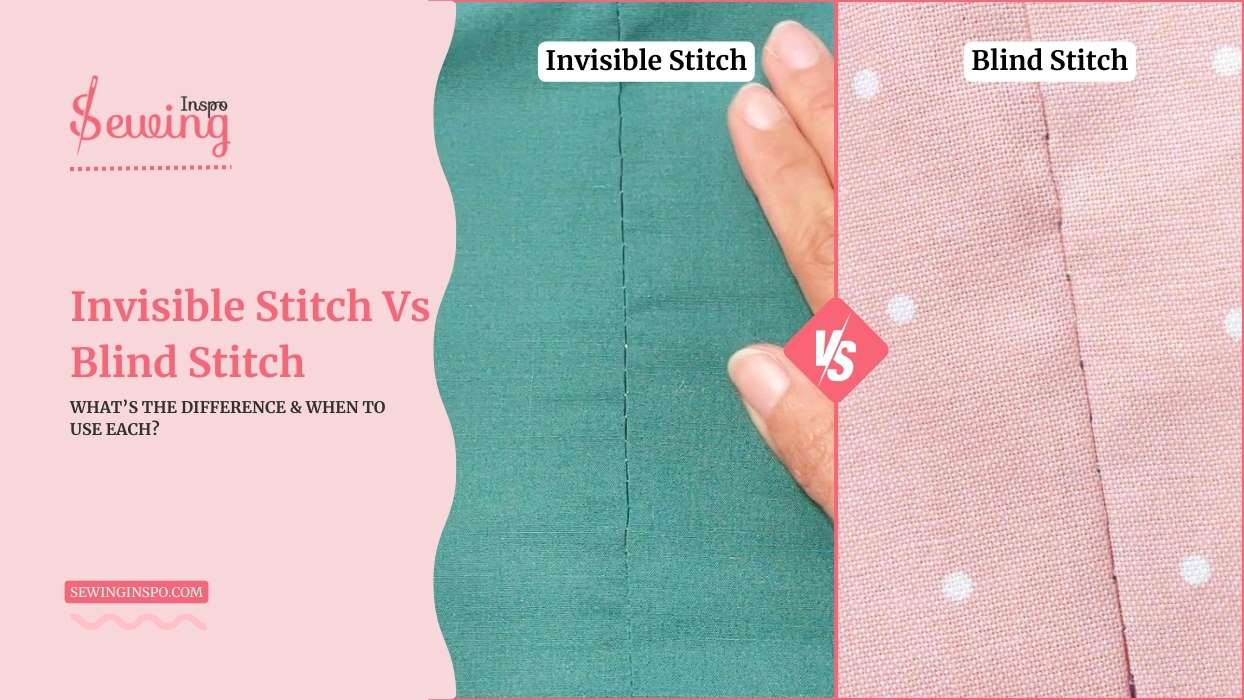
Table of Contents
What Is The Invisible Stitch?
An invisible stitch is a stitch that can’t be seen on the right side of the fabric. Ladder stitch and slip stitch are often referred to as invisible stitches.
It is a sneaky little trick in normal sewing that lets you join two fabric pieces without any visible stitches on the outside.

It’s like your thread disappears into the fabric! This stitch is perfect for closing up pillow openings, hemming clothes, or finishing a project neatly without a trace of stitching showing.
Blind Stitch Vs Normal Stitch
Now people get confused between the two stitches. Cause both seem kinda the same afar. But that’s not the case,
A blind stitch is a type of sewing stitch that’s made to be almost invisible from the front side of the fabric, unlike a normal stitch, which is visible on both sides.
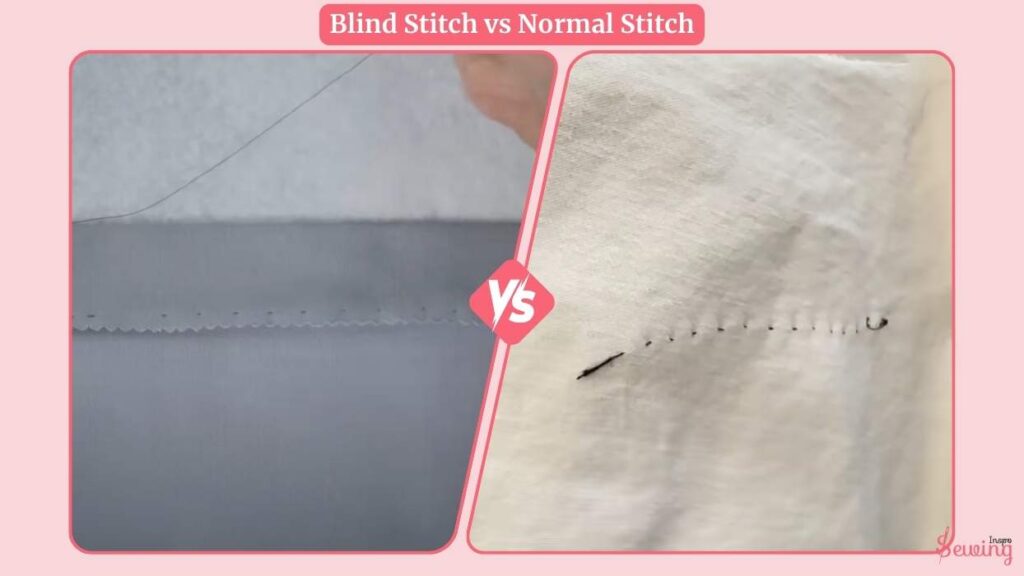
The Key Difference Invisible Stitch Vs Blind Stitch
The main difference between invisible stitch vs blind stitch is,
The invisible stitch is fully hidden inside seams, ideal for plush toys and linings, while the blind stitch is nearly invisible and used for hemming with stronger durability.

But that’s not the only difference. There is more to difference. For intense,
| Feature | Invisible Stitch | Blind Stitch |
| Visibility | Completely hidden inside the seam. | Nearly invisible, tiny stitches on the outside |
| Best For | Sealing seams, plush toys, linings | Hemming garments, finishing edges |
| Looks | It can’t be seen on the right side of the fabric. | The blind stitch looks like a tiny thread bite on the right side of the fabric. |
| Durability | Moderate | Stronger, lasts longer if you use strong blind stitch thread. |
| Difficulty | Easy to moderate | Moderate to difficult |
Like the comparison? Then read out blind stitch vs normal stitch too. You will definitely like this idea.
Which One Should You Use?
If you’re trying to decide between an invisible stitch and a blind stitch, it depends on your sewing project.
I usually go for an invisible stitch if you want the seam to be completely hidden. It is perfect for closing up plush toys, linings, or pillows where you don’t want any stitches to show. It’s hand-sewn and gives a clean finish, but it’s not the strongest stitch.

On the other hand,
A blind stitch is great for hemming clothes like dress pants or skirts because it’s almost invisible but much more durable. You can do it by hand stitch, which holds up well over time. Even double blind stitches offer more straight.
So, go with the invisible stitch if you’re after a seamless, hidden finish. But if you need something subtle yet strong, the blind stitch is your best bet! If you ask me to choose between lock stitch and blind stitch my answer would be the same too.
So, Which Stitch Is Nearly Invisible On Both Sides Of The Fabric?
The blind stitch, also called a slip stitch or ladder stitch, is designed to be nearly invisible on both sides of the fabric.
When used for hemming or joining folded edges, the needle only catches a few threads from the fold, hiding the stitch inside and making it almost undetectable from the outside.
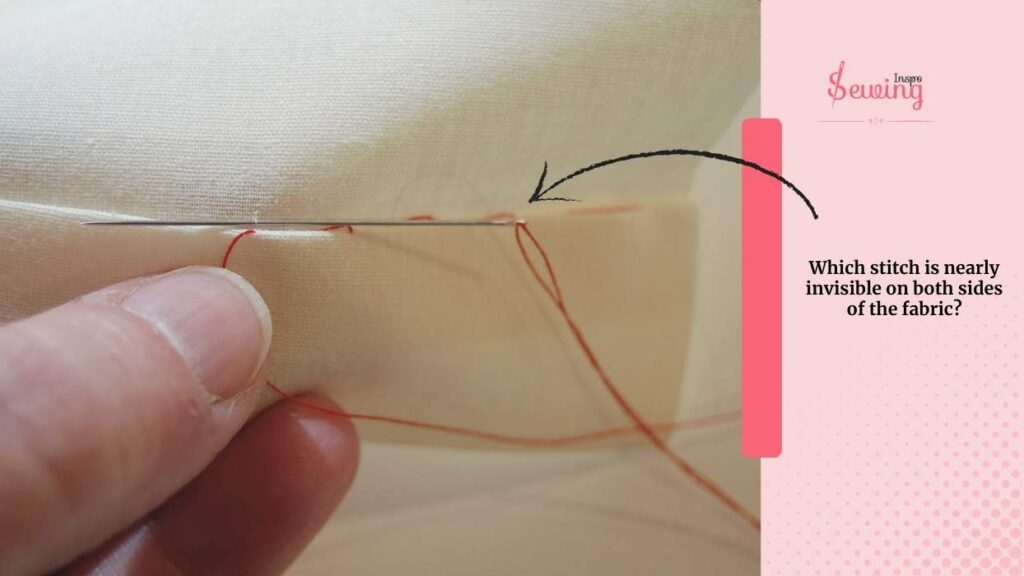
FAQs
Which Stitch Is Best For Hemming Clothes?
A blind stitch is the best option for hemming because it’s stronger and blends into the fabric better.
Can I Do An Invisible Stitch With A Sewing Machine?
No, invisible stitches are hand-sewn, but you can achieve a similar effect with a blind stitch using a machine.
Is A Ladder Stitch The Same As An Invisible Stitch?
Yes! Ladder stitch and invisible stitch are just two names for the same technique.
Outro
That’s my preference between invisible stitch vs blind stitch.
What’s yours?
Tell sewinginspo your preference. We love to hear from you.


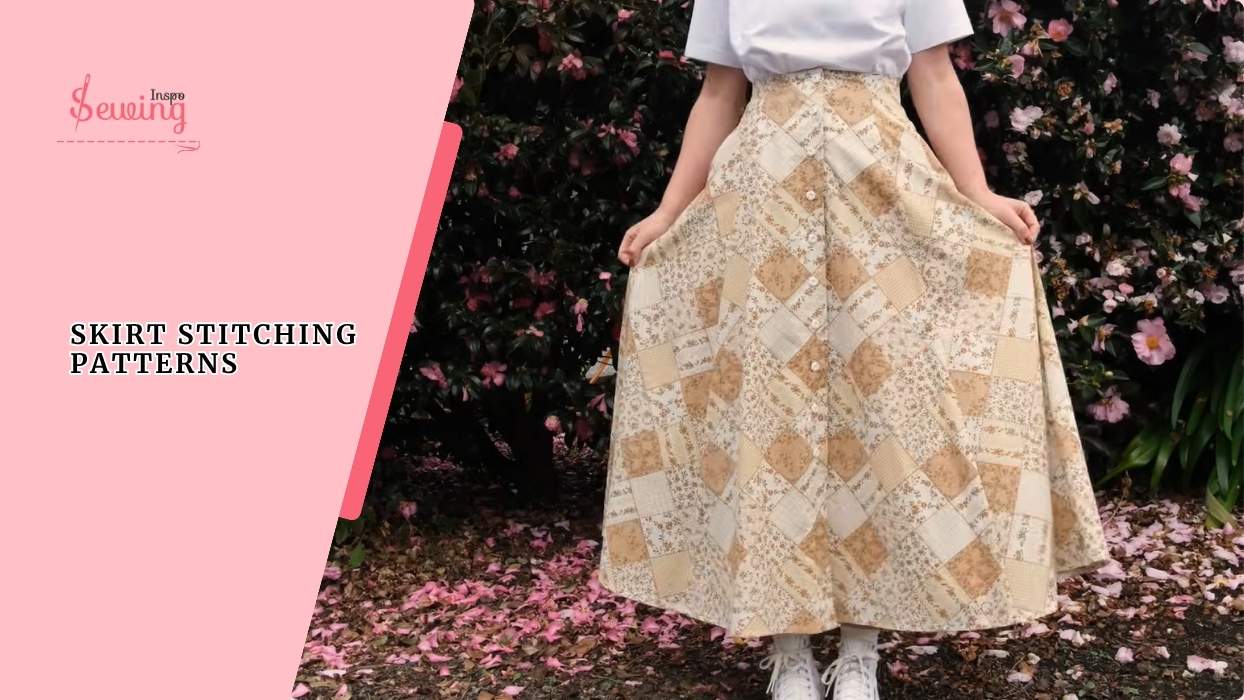
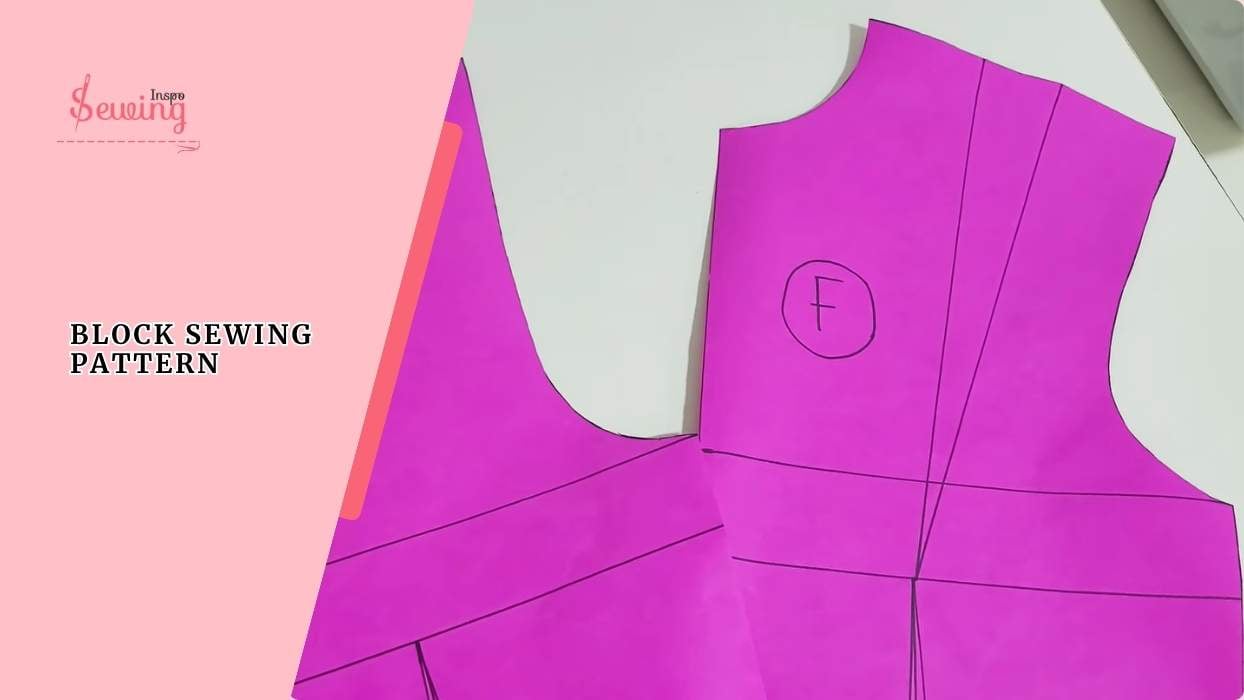
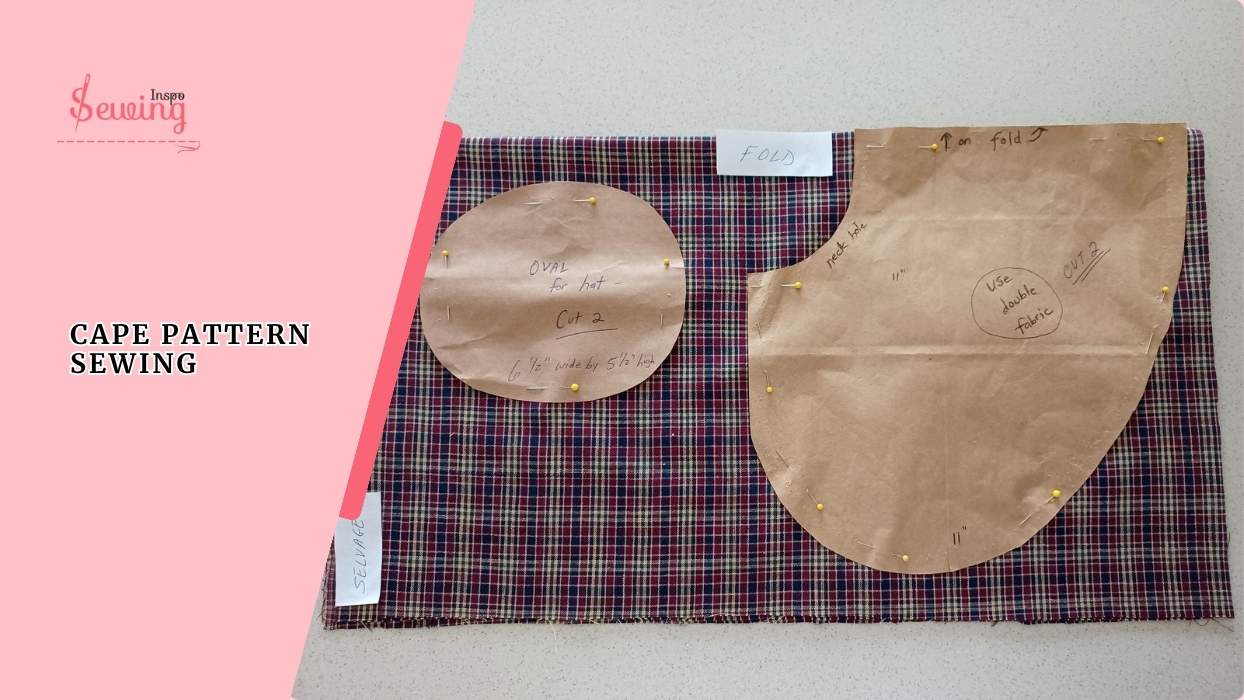
Leave a Reply